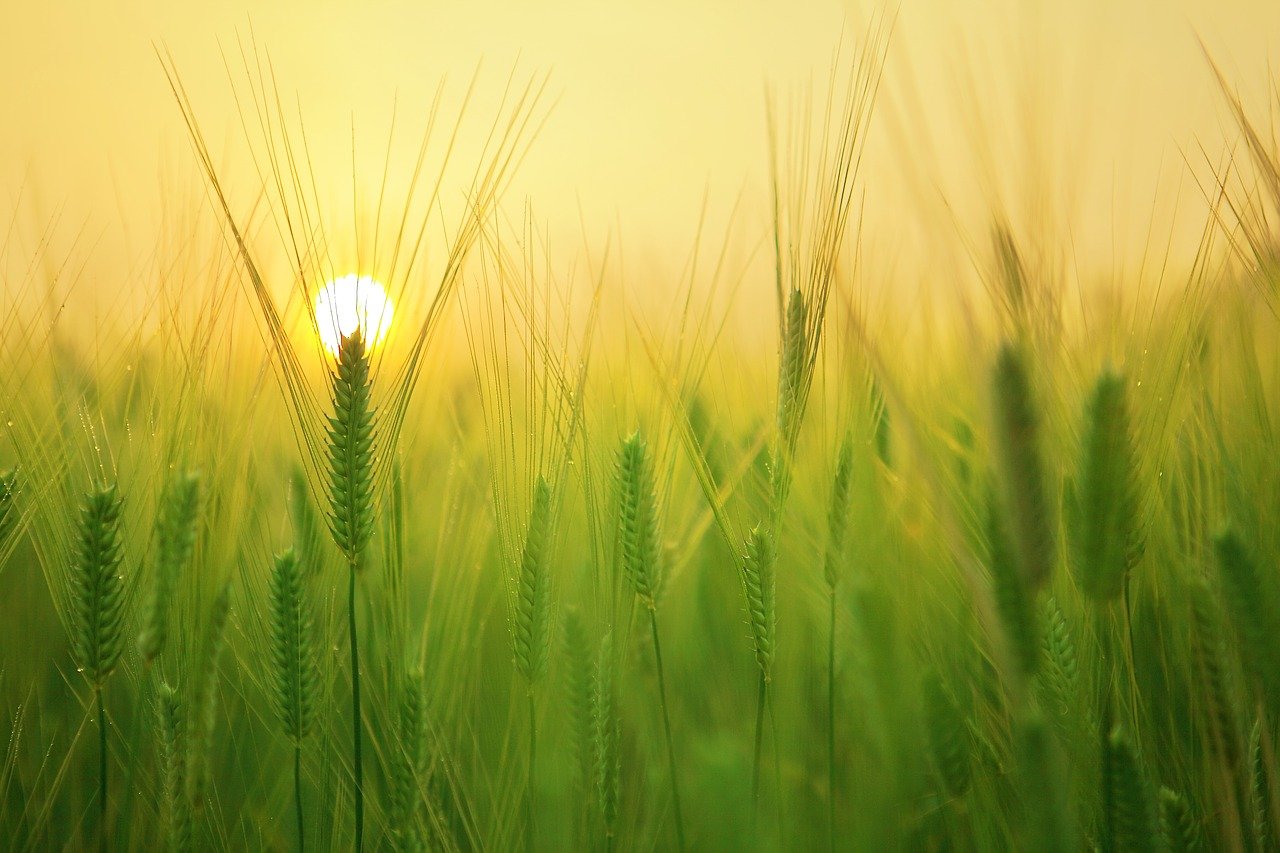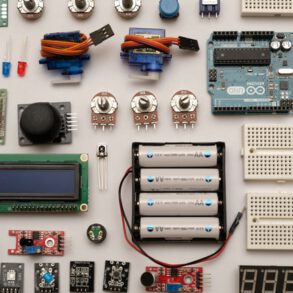The aforementioned modules are employed in cooperation with the Chamber for Agriculture North Rhine-Westfalia. The objective of one of the joint projects is to evaluate the potential of saving heat energy in greenhouses. Accurate measurement of temperature with high spatial resolution, horizontal as well as vertical, is recommended in order to achieve reliable and consistent results (Figure 2).
In the field
Precision agriculture is on of the most promising application domains where wireless sensor networks may deliver a feasible or even optimal solution. Fraunhofer IMS is carrying out a pilot project partly funded by EU that concentrates on monitoring micro-climates in a potato field. Fraunhofer IMS instrumented a field with sensor nodes equipped with sensors for measuring air temperature, relative humidity and soil moisture (Figure 3). The main objective is to indicate when the field or specific parts of it are at risk of developing fungal diseases.
In the livestock
A wireless measuring system, consisting of sensors and transmission units, helps to keep livestock healthier with a minimum use of resources. The system determines the pH level and the temperature inside the cow’s rumen. The data are wirelessly transmitted to an external receiver node via an encapsulated measuring probe referred to as bolus (Figure 4).
The objective of this application is the development of a wireless rumen monitoring system for early detection of subacute rumen acidosis by quasi-continuous measurement, transmission and indication of the pH-value of the rumen of dairy cows.
In the woods
Monitoring the micro-climate in the woods is becoming increasingly important, given the predicted climate change. In-depth knowledge about the physical, chemical and biological status of soil in the root system of tree individuals makes a significant contribution to the intensive monitoring of forest ecosystems.
These long-term studies are a prerequisite for the derivation of measures for forest management. Forest operation remains unaffected by the wireless transmission of sensor readings. Instead of that, wireless transmission ensures robustness, as compared to a wired installation of sensors.
Cooperation
The activities of the institute within the range of agricultural applications of wireless sensor nets are merged in a network of national and international project partners like the Chamber for Agriculture North Rhine-Westfalia, the Northwest German Forest Research Station.




